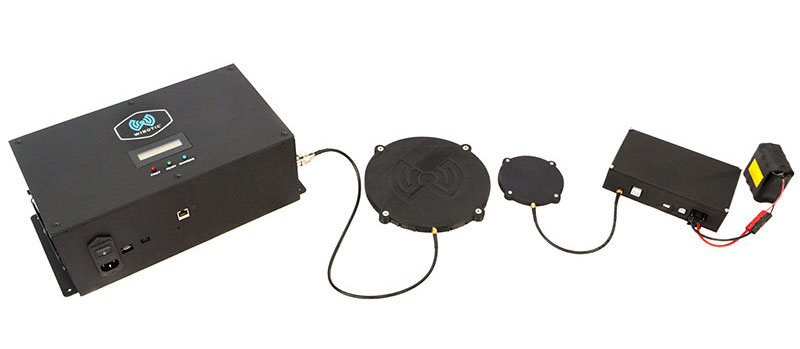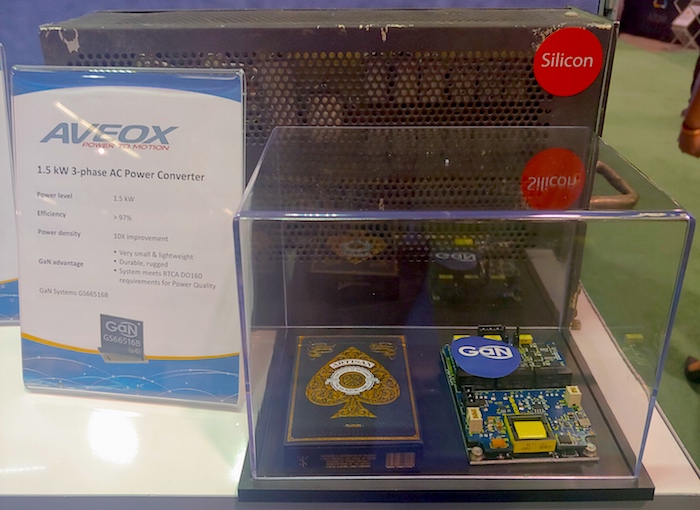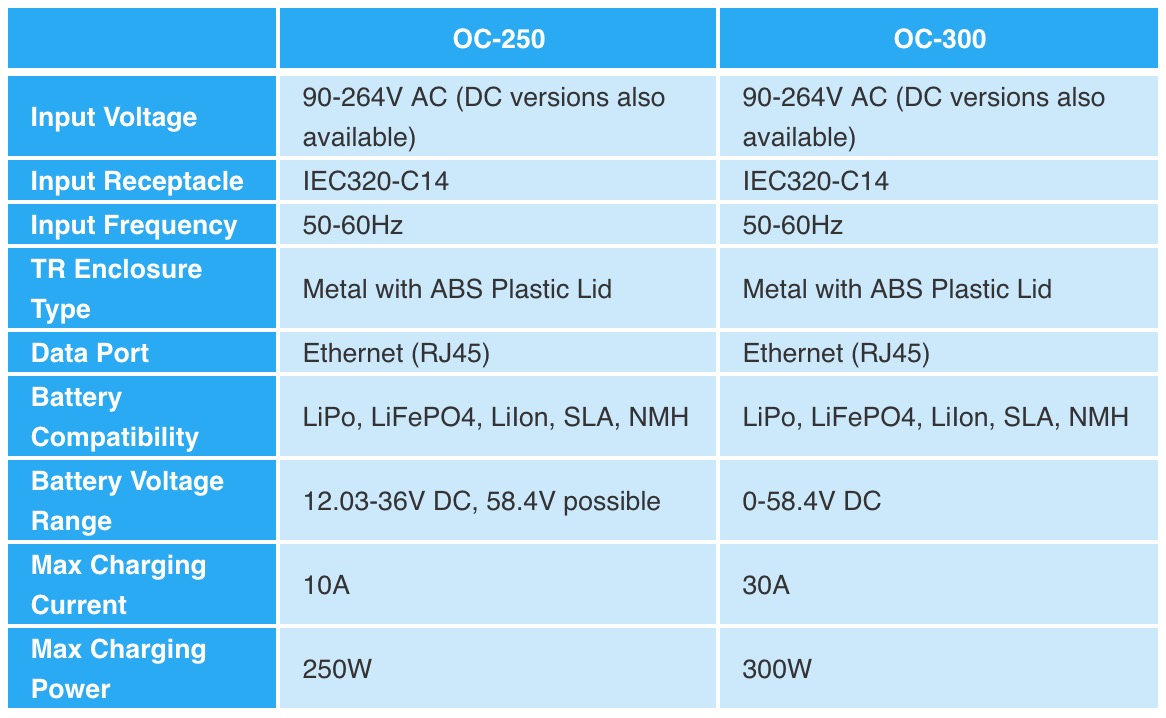Are robots moving towards wireless charging—and GaN? A new power system aims to support autonomous charging.
With PCIM 2019 taking place this week, news about power advancements abounds. One such announcement comes from WiBotic—a company that focuses on power solutions and wireless charging for robots across industries—which will demonstrate a high-power wireless charging solution at PCIM this week. The solution notably leverages GaN (gallium nitride) from GaN Systems, a manufacturer of GaN power semiconductors.
According to a press release from GaN Systems, mobile robots to work efficiently, flexibly, and without interruption, they need to achieve true autonomy. That means normal operations must be able to proceed without any human intervention. One path forward is making these robots rechargeable through wireless charging stations rather than through a cumbersome step requiring an operator to make a physical connection between the charger and the mobile robot.
The companies recently announced a high-power wireless charging solution specifically for this purpose.

The wireless charging power kit from WiBotic and GaN Systems
According to Ben Waters, WiBotic CEO and co-founder. “The result of this partnership [with GaN Systems] is new wireless power solutions that offer higher power delivery across a wide range of applications.
Industry 4.0 – The Next Phase of Industrial Development
High-power wireless charging for autonomous robots is a key component of Industry 4.0. As seen across the industry at power-focused events such as APEC, several companies are putting GaN forth as a solution not just for low-power applications but also for high-power applications such as automotive. According to its supporters, GaN devices are cheaper to produce than their nearest competitors, power MOSFETs. Additionally, they can operate efficiently at high frequency, making them a natural choice for wireless charging devices that must operate at high switching speeds.
As described by Jim Witham, CEO of GaN Systems, “GaN power semiconductors, operating at high frequency, are enabling several wireless charging advantages—from higher power capability to a significant level of spatial freedom—that are needed in multiple industries.”
Witham has been a vocal advocate of GaN's future in the automotive industry. At both APEC 2018 and APEC 2019, GaN Systems has showcased the undeniable reduction in size and weight compared to silicon power systems for AC power converters.

An Aveox/GaN Systems demo at the GaN Systems booth at APEC 2019. Note the comparison of silicon to GaN—and the deck of cards for scale. Image by Kate Smith.
This most recent power system represents another step for GaN towards high-power systems, including industrial robotics.
The TR-300 Charging Transmitter and the OC-300 Receiver
The new charging system from WiBotic can deliver 300 W of charging power when the TR-300 charging transmitter is used with the now-available OC-300 onboard battery charge. The OC-250, a lower-powered receiver, is expected to be available shortly.
Specifications for the system are listed below:

Image from WiBotic
The systems include the charging transmitter and its antenna, the receiver and its antenna, and all necessary cabling. Communications between the transmitter and the controlling device are achieved through Ethernet connectivity.
Key Features of the New Solution
There are several features about the system that make it notable. For one thing, GaN Systems claims that it offers "Rapid charging at hundreds of watts and greater."
With an emphasis on robotics, the system allows multiple charging locations that reduce the amount of time a robot needs to be docked for charging. Importantly, there is also reportedly "no limit on the number of charge cycles a system can deliver."
Demonstrations of WiBotic wireless charging solutions will be available at the GaN Systems Booth 9-507 at PCIM Europe in Nuremberg, Germany on May 7-9, 2019.
Wireless Charging in Industry
Wireless charging is a very active field and there are innumerable examples of it on the market today. However, it is an extremely specialized field and not a place for companies without very specific technological expertise. Apple's recent experience with AirPower, a highly ambitious wireless charging program, can serve as a cautionary tale to that end.
In addition to the technical challenges of high-power wireless charging, there is much yet to hash out in terms of regulations. Nowhere is this combination of challenges more apparent than with wireless vehicle charging. Even so, the concept is still being proven out in real time by various institutions across the globe.
A rather spectacular example of wireless charging gaining traction is the movement in Oslo, Norway to install wireless charging stations for fleets of electric vehicle taxis. With this system, taxis can be charged as they wait in what’s known as a taxi rank, or a slow-moving queue where cabs line up to wait for passengers.
It seems increasingly obvious that wireless charging will have wide-ranging repercussions not only for mobile devices but also for the future of electric vehicles.






No comments:
Post a Comment